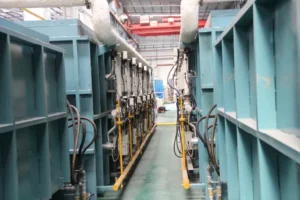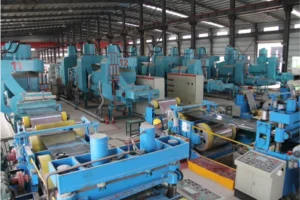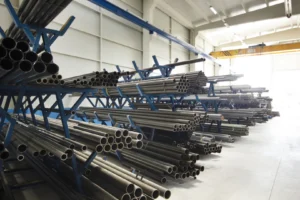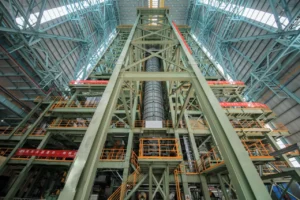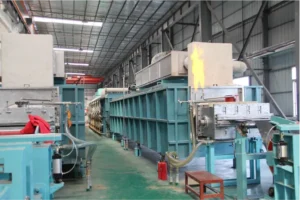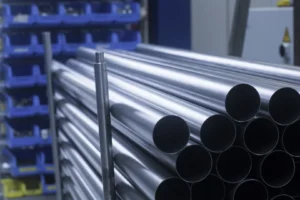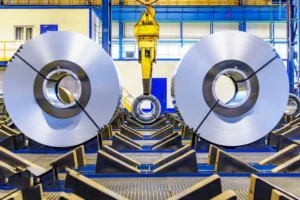How to Use Stainless Steel Coils for Lighter, Stronger Car Parts
Automotive manufacturers need stronger, lighter parts for better fuel efficiency. But traditional materials often mean a trade-off. We offer a solution that balances strength, weight, and sustainability.
Using stainless steel coils for car parts involves selecting the right grade, designing for weight reduction, using advanced manufacturing, and rigorous testing. This method enhances fuel efficiency and safety without compromise, meeting modern automotive demands for performance and sustainability.
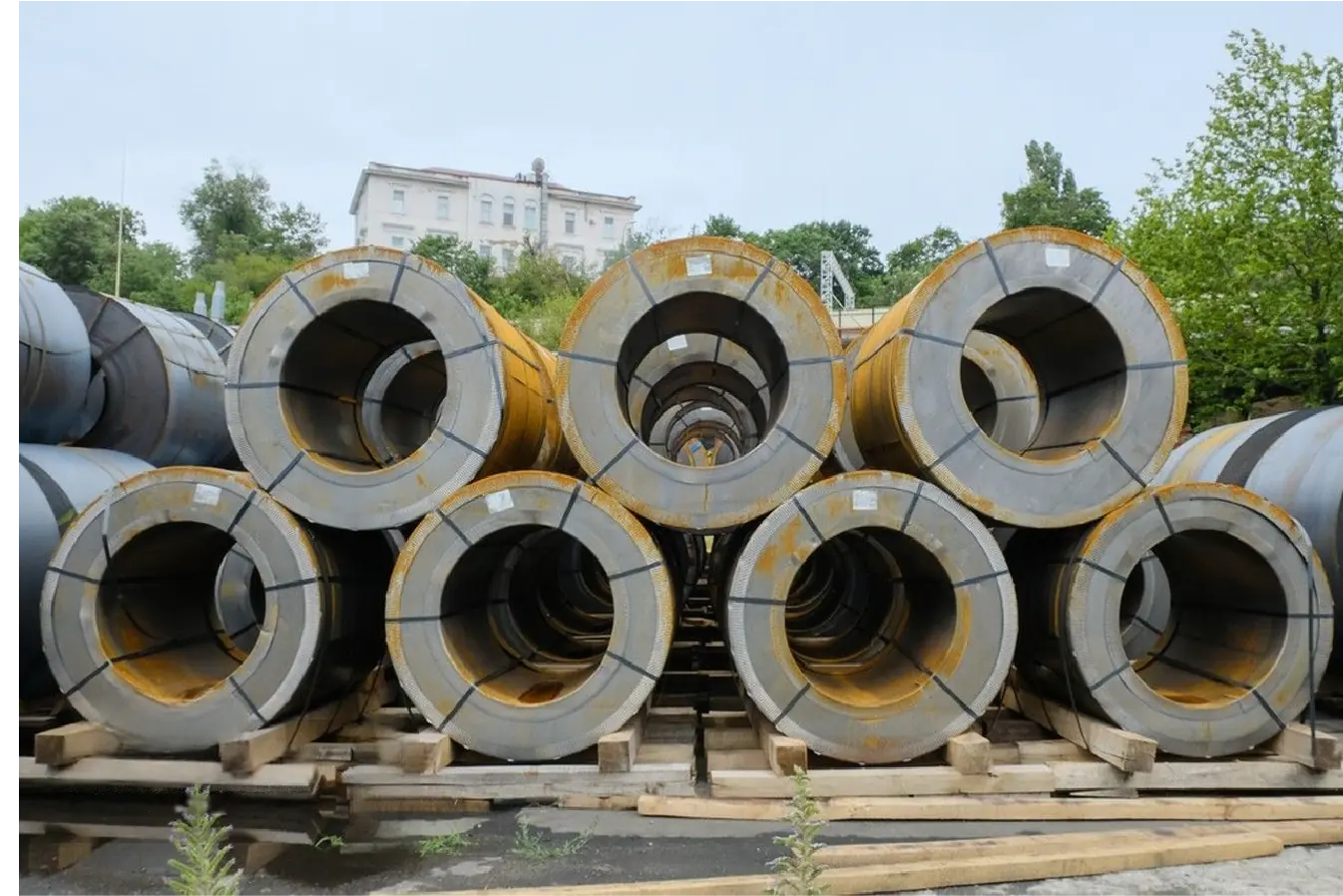
In my role as Global Business Director at MFY, I've seen the automotive industry face immense pressure to innovate. The push for electric vehicles and stricter emissions standards changes everything. It's not just about building cars anymore; it's about engineering the future of mobility. This is where advanced materials like stainless steel come into play. Let's walk through the five key steps our partners use to leverage our stainless steel coils to build the next generation of vehicles.
How Do We Select the Right Grade of Stainless Steel Coil for Automotive Applications?
Choosing the wrong steel grade can lead to part failure or excess weight. This is a costly mistake. Our expertise helps you select the perfect grade for optimal performance.
Select the right stainless steel grade by analyzing the part's function, environmental exposure, and strength requirements. Austenitic grades like 304 offer great corrosion resistance, while ferritic grades are cost-effective for less critical parts. High-strength grades are key for safety components.
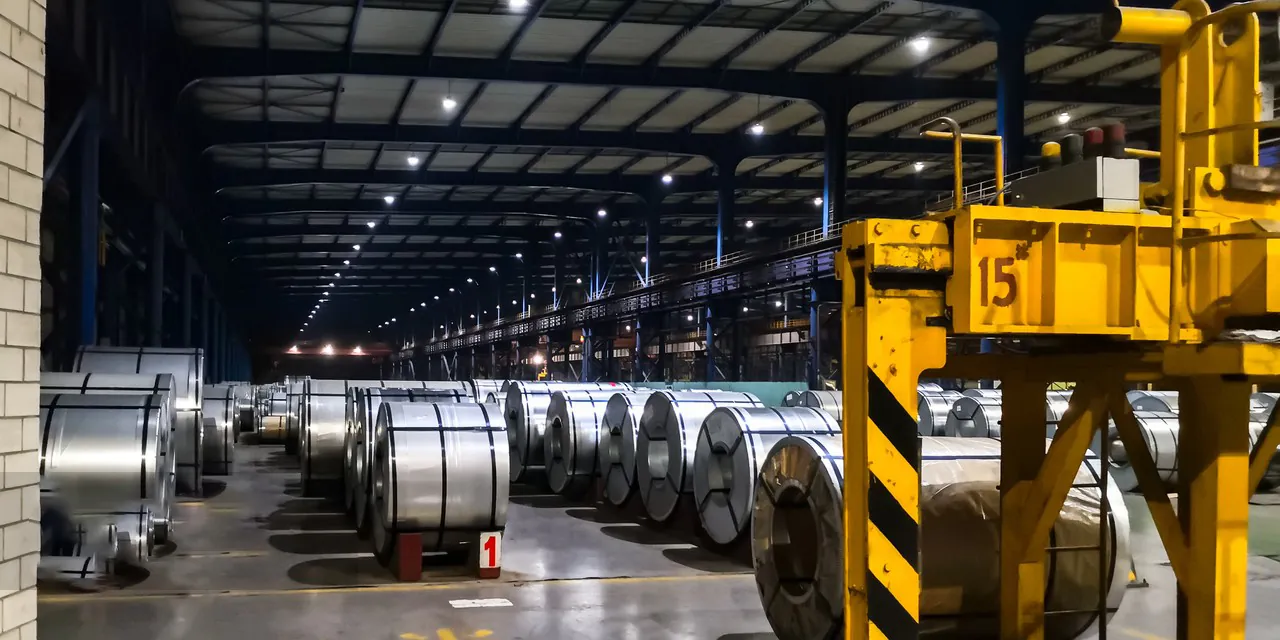
At MFY, we see material selection as the foundation of any successful engineering project. It's the first and most critical decision. The choice directly impacts the vehicle's final weight, safety, and lifespan. We always start by asking our clients: What job does this part need to do? Is it a structural component like a chassis frame, or is it an exhaust system part that must resist extreme heat and corrosion? The answer determines the path forward.
Understanding the Stainless Steel Families
Stainless steel isn't a single material; it's a family of alloys. For automotive use, we primarily focus on a few types. Austenitic grades, like 304, are the workhorses for parts needing excellent formability and corrosion resistance, such as exhaust components. For applications where cost is a primary driver and corrosion isn't as severe, ferritic grades are a smart choice. Then you have the advanced high-strength stainless steels (AHSS), which are essential for safety-critical parts like bumper reinforcements and door beams. Their incredible strength-to-weight ratio allows us to design parts that are both lighter and safer—a combination that was once a major engineering challenge.
A Practical Comparison
To make this clearer, I often show our partners a simple comparison table. It helps them visualize the trade-offs.
| Grade Type | Key Properties | Common Automotive Application |
|---|---|---|
| Austenitic (e.g., 304) | Excellent corrosion resistance, good formability | Exhaust systems, fuel tanks |
| Ferritic (e.g., 439) | Good corrosion resistance, cost-effective | Exhaust manifolds, decorative trim |
| AHSS (Advanced) | Very high strength, superior crash performance | Bumper beams, chassis components |
Choosing the correct grade is a strategic decision. It's about balancing performance, cost, and long-term value. This aligns perfectly with the industry's move toward lifecycle assessment, ensuring a vehicle is sustainable from production to end-of-life.
How Should We Design Car Parts for Weight Reduction and Strength Optimization?
A great material is wasted with poor design. Traditional designs are often too heavy. We help engineers rethink part geometry to maximize stainless steel's benefits for lighter, stronger results.
Design car parts for weight reduction by using advanced software like Finite Element Analysis (FEA) to simulate stress and remove unnecessary material. Optimize geometry with techniques like hydroforming to create complex, strong, and lightweight shapes that leverage the superior properties of stainless steel.
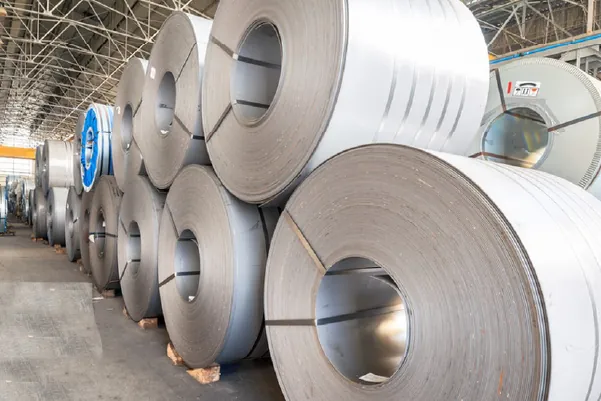
Once we've selected the right material, the next step is design. This is where we unlock the true potential of stainless steel. We can't simply replace a thicker, weaker material with a thinner piece of stainless steel and expect the best results. We must design specifically for the material's properties. In my experience, the biggest breakthroughs happen when engineering teams embrace new design tools and philosophies.
Leveraging Material Properties in Design
The high strength of stainless steel is its superpower. It means we can achieve the same, or even better, structural integrity with less material. This is the core principle of "lightweighting." We use powerful software tools like Finite Element Analysis (FEA) to guide this process. FEA allows us to create a digital twin of a car part and apply virtual forces to it—simulating everything from a hard turn to a collision. The software shows us exactly where the stress is highest and, more importantly, where material is not doing any work. We can then strategically remove that excess material, shaving off precious kilograms without compromising safety. I remember working with one client on a chassis bracket. By using FEA and switching to a high-strength stainless steel grade, we redesigned the part and reduced its weight by over 30% while actually increasing its rigidity. This is the kind of innovation that directly translates to better fuel efficiency and lower emissions.
What Advanced Manufacturing Techniques Are Best for Stainless Steel Coil Processing?
Stainless steel can be tough to work with using old methods. This can increase costs and waste. Modern techniques like laser cutting and hydroforming unlock its full potential efficiently.
Implement advanced manufacturing techniques like laser cutting for precision, roll forming for consistent profiles, and hydroforming for complex hollow parts. These methods minimize material waste and maintain the integrity of the stainless steel, ensuring the final component is both strong and lightweight.
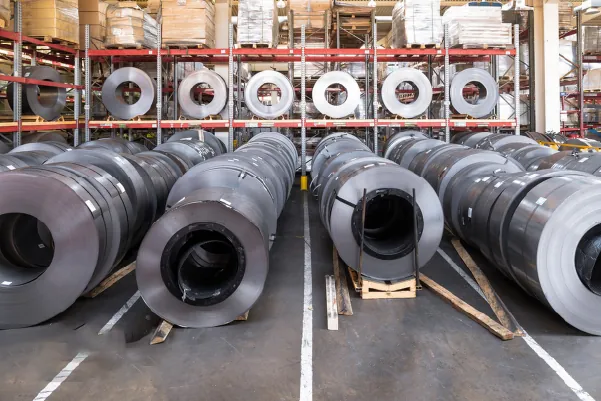
A brilliant design is only as good as the manufacturing process that brings it to life. At MFY, our integrated supply chain includes advanced processing capabilities because we know that how you shape the steel is just as important as the steel itself. Traditional stamping works, but modern methods are often better, faster, and more efficient for stainless steel.
Modern vs. Traditional Methods
The key is to choose a process that respects the material's properties. For example, stainless steel can "work-harden," meaning it gets stronger but less ductile as you shape it. Old processes can fight against this property, leading to defects or tool wear. Advanced techniques work with it. Hydroforming, for instance, uses high-pressure fluid to press a sheet of steel into a mold. It's perfect for creating complex, seamless parts like engine cradles or roof rails. Because the pressure is evenly distributed, it creates a very strong and lightweight part with minimal stress points. Laser cutting and welding offer incredible precision, allowing us to create intricate designs and strong joints with a very small heat-affected zone, preserving the material's strength.
Here’s a quick comparison of the methods we often discuss with clients:
| Technique | Best For | Key Advantage |
|---|---|---|
| Roll Forming | Long, consistent profiles (e.g., door frames) | High speed, very efficient for high volumes |
| Hydroforming | Complex, hollow shapes (e.g., chassis rails) | Excellent strength-to-weight ratio, part consolidation |
| Laser Cutting/Welding | Intricate shapes and strong joints | High precision, minimal material distortion |
Using these techniques not only produces a better part but also aligns with sustainability goals. They often reduce material scrap and consume less energy, which lowers the overall carbon footprint of the manufacturing process.
How Do We Test and Validate the Performance of Stainless Steel Car Parts?
A new part looks good on paper, but will it fail on the road? Skipping rigorous testing is a huge risk. We believe in validating every component for real-world safety.
Test and validate stainless steel car parts through a combination of physical and digital methods. This includes tensile strength tests, corrosion resistance tests (like salt spray), and fatigue testing to simulate real-world conditions. Digital simulations can predict performance before production.
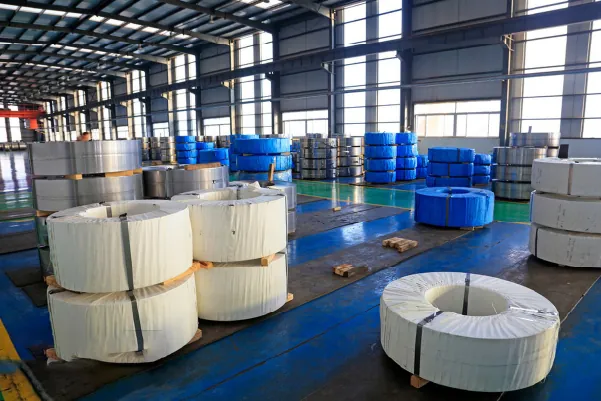
Innovation requires verification. In the automotive world, this means rigorous testing. There is no room for error when it comes to safety. At MFY, we supply materials that become critical components, so we are deeply invested in the validation process. A part is not ready until it has been proven to perform flawlessly under the toughest conditions.
Mechanical Strength Testing
First, we must confirm the part's fundamental strength. We perform tensile tests to measure how much force a part can withstand before it deforms or breaks. We also conduct fatigue testing, which is crucial for parts that experience repeated stress over their lifetime, like suspension components. This involves putting the part on a rig that simulates millions of cycles of use, mimicking years of driving in just a few weeks. This ensures the component has the endurance to last the entire life of the vehicle.
Durability and Corrosion Testing
Beyond pure strength, we must test for durability in the real world. Cars are exposed to rain, snow, road salt, and extreme temperatures. This is where stainless steel's natural corrosion resistance is a major advantage. To prove it, we use accelerated corrosion tests. The most common is the salt spray test, where we place the component in a chamber filled with a saltwater mist for hundreds of hours. This simulates years of winter driving. A well-designed stainless steel part will emerge with its integrity intact, proving its long-term value and reliability. This relentless focus on testing ensures that lightweighting never comes at the cost of safety or durability.
How Can We Seamlessly Integrate Stainless Steel Components into Vehicle Assembly?
Introducing a new material can disrupt the assembly line. This causes delays and increases costs. A smooth integration plan is essential for a successful transition to stainless steel.
Integrate stainless steel components by ensuring compatibility with existing assembly line processes, such as welding and fastening. Use advanced joining techniques like laser welding or structural adhesives. Proper planning and collaboration between material suppliers and manufacturers are key to a smooth transition.

The final step is bringing everything together on the assembly line. A perfectly designed and tested part is useless if it can't be efficiently integrated into the final vehicle. This is a logistical challenge that requires close collaboration between the material supplier—like our team at MFY—and the automotive manufacturer.
Joining and Assembly Considerations
The main challenge is often joining stainless steel to other materials used in a car's body, such as aluminum or other types of steel. Each material has different properties, so we need specialized techniques. Resistance spot welding is a common method, but it requires different settings for stainless steel. For a stronger and more seamless bond, we often recommend laser welding, which is extremely precise and fast. Another growing trend is the use of advanced structural adhesives. These high-tech glues can create a powerful bond between dissimilar materials while also helping to dampen noise and vibration.
The key to success here is planning. Before a single coil of our steel arrives at the factory, we work with the client's production team. We discuss tooling adjustments, welding parameters, and workflow changes. This proactive partnership ensures that when the new stainless steel components arrive, they fit perfectly into the assembly process without causing bottlenecks. This smooth integration ensures that the benefits of lighter, stronger parts are realized without sacrificing production efficiency.
Conclusion
Adopting stainless steel coils is a strategic move. It builds lighter, stronger, and more sustainable vehicles, meeting the demands of the modern automotive industry for efficiency and performance.
Have Questions or Need More Information?
Get in touch with us for personalized assistance and expert advice.
